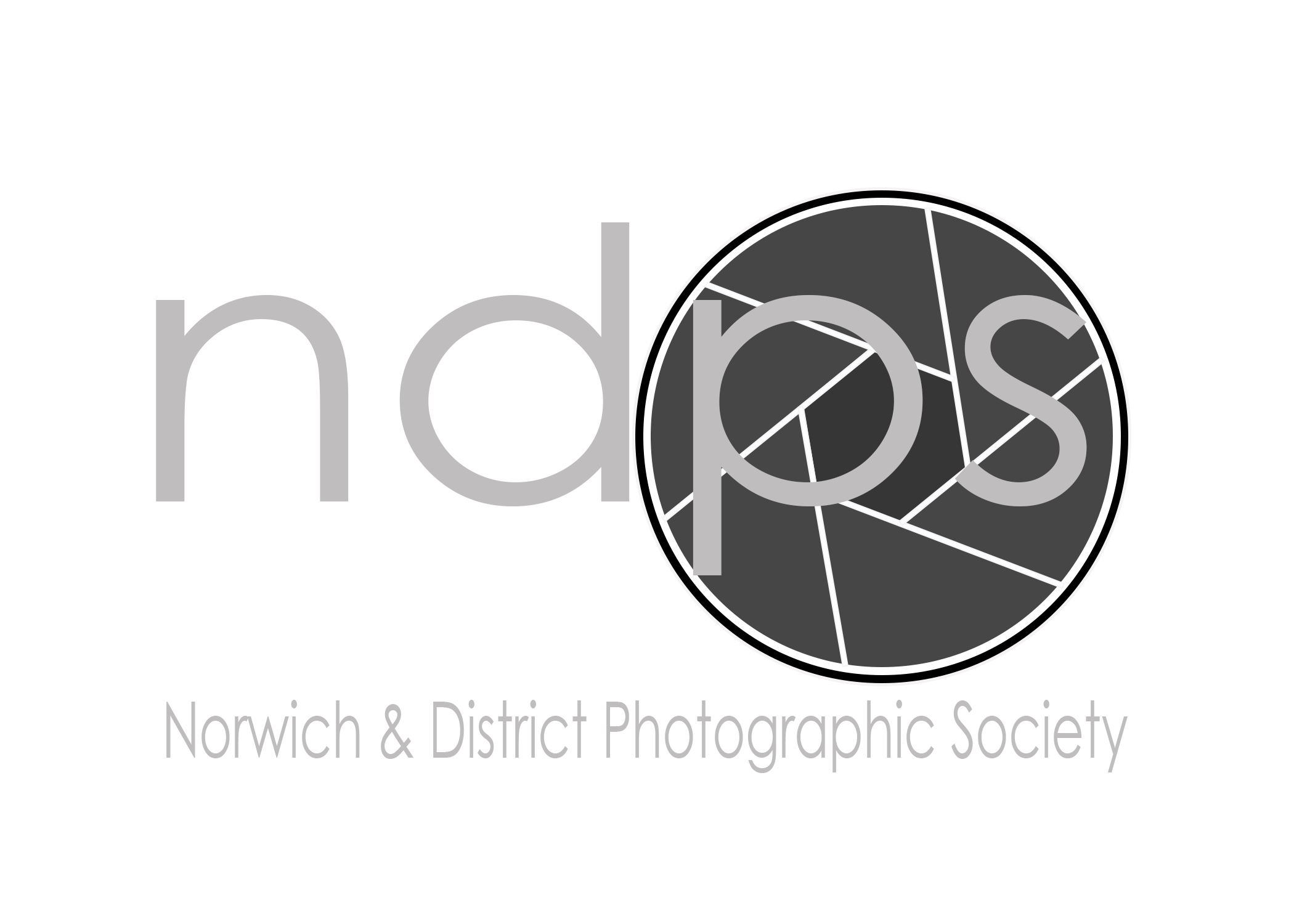We finally got to see Tracy in person for part two of her story which followed on from her Zoom presentation during lockdown.
Alaska, Canada, Yellowstone, India, Zimanga and UK Hides. An inspirational evening with wildlife and nature photos from these areas as well as some anecdotes of her travels and trips.
Tracey Lund is from Hull. Her photographic journey began after an inspiring trip to Africa in 2004.
After returning to the UK, Tracey wanted to develop her photography and so joined three Photographic Societies and submitted her favourite images as entries to some of the major worldwide Wildlife Competitions. Tracey is also a permanent display as she is a ‘gallery photographer’ at the famous Joe Cornish Art Gallery.
Tracey's presentation was a whirlwind trip around the world calling at Alaska, Canada and Yellowstone. Then we moved to India where we were treated to a bewildering array of birds, squirrels and mongooses, not to mention the spotted deer - top of the fast food menu!
In Africa we were taken to Zimanga, the hotel and wildlife hides. Another whirlwind of birds, snakes, jackals and others. She even had a story about walking with cheetahs.
Tracey described the opportunities, Lagoon Hide, Bee Eater Hide, Scavengers Hide and startlingly the Overnight Hide! Into the hide in the afternoon and stay for 17 hours till breakfast.
But what a beautiful collection of wildlife photos Tracey showed to illustrate what was possible - eye to eye with water buffalo and a herd, yes a herd, of elephants.
Read More



